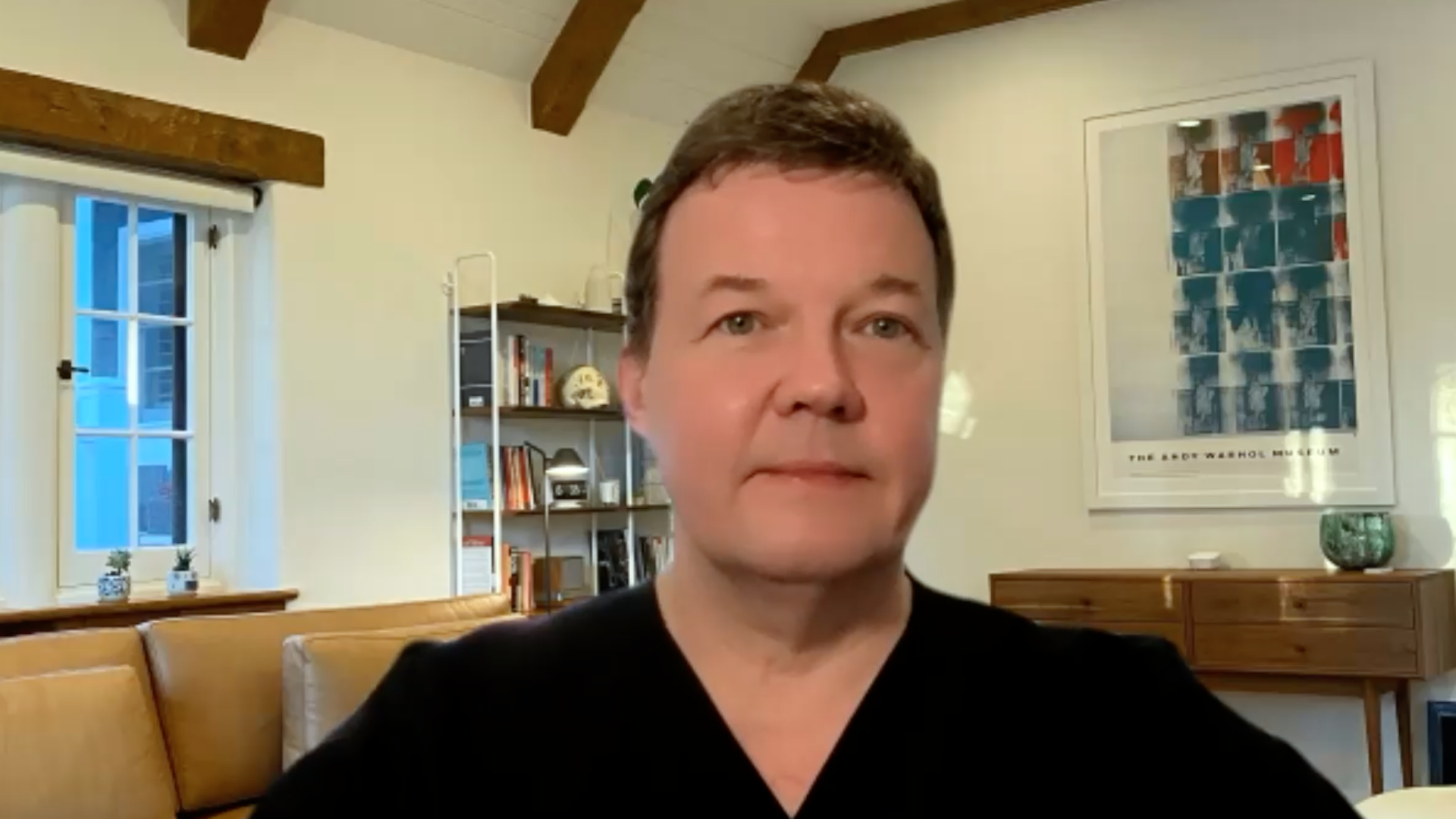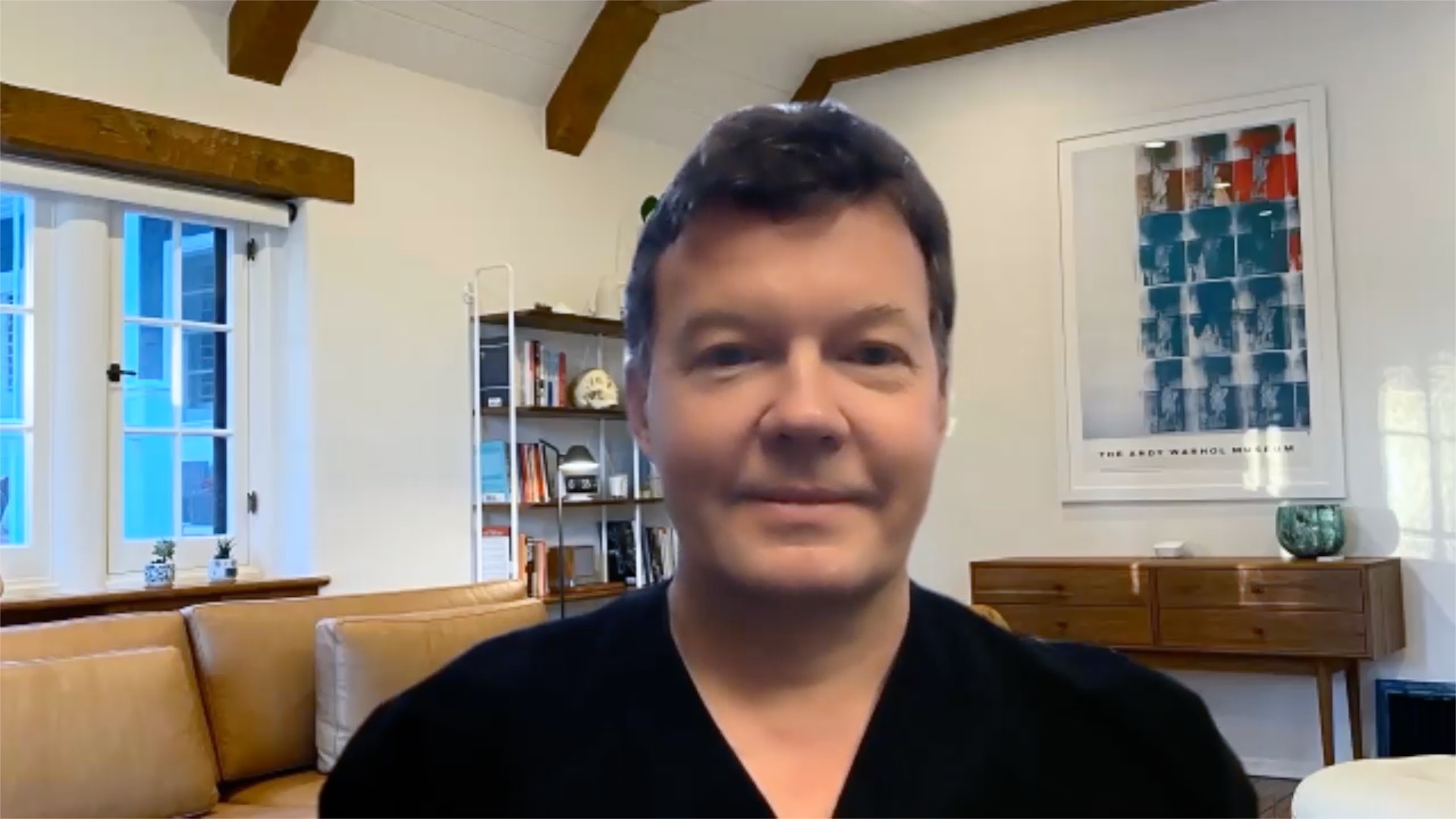Raymond Douglas, Hawaiian Eye and Retina 2023: Treatment options for thyroid eye disease
We were delighted to speak with Dr Raymond Douglas (Cedars-Sinai Medical Center, Los Angeles, CA, USA) about advances in treatment options for patients with thyroid eye disease.
Questions:
- What have been the most important recent treatment advances in thyroid eye disease (TED)? (0:18)
- What factors should affect treatment decisions in TED? (1:41)
- What will be the impact of teprotumumab on the treatment paradigm for TED? (3:19)
The presentation entitled, TED talk: Update on thyroid eye disease was presented at the Hawaiian Eye and Retina 2023 meeting, 14–20 January, 2023.
Disclosures: Raymond Douglas has no financial or non-financial relationships or activities to declare in relation to this interview
Support: Interview and filming supported by Touch Medical Media. Interview conducted by Lisa Glass.
Filmed as a highlight of Hawaiian Eye and Retina 2023.
Hi I’m Dr. Raymond Douglas, and I am an oculoplastic and orbital surgeon practicing here in Los Angeles, California, and specializing in thyroid eye disease.
What have been the most important recent treatment advances in thyroid eye disease (TED)?
So until about three years ago, we just had a paradigm of watching and waiting while this disease caused eye bulging double vision and in some patients vision loss, we could potentially then do surgery later on once the disease kind of reached a stable phase, not reversing the disease, but just kind of didn’t change anymore. What’s been really, you know, dramatic over the last three years are molecules that now target the IGF 1 receptor. And this is the receptor that I mentioned that the immune system attacks and kind of turns on what these drugs do is they actually turn off that receptor also to internalize and almost reset the immune system and how these tissues around the eye respond. Meaning what happens is that the eye bulging reverses the information reverses even the double vision and vision loss can reverse due to resetting of this receptor. And so these molecules that block the IGF 1 receptor, such as teprotumumab which is available here in the United States, have really dramatically, for the first time in 50 years, changed dramatically how we can now treat thyroid eye disease. We’re still learning in a lot of the treatment decisions in TED. But what we’re really starting to learn more about is how the underlying process really affects, again, that attack upon the IGF 1 receptor and reversing this disease.
What factors should affect treatment decisions in TED?
So a couple of things really have to be taken into consideration for treatment. One is how severe is the disease and do patients really want to have treatment or are they OK with treatment? For many thyroid disease patients, it’s a little bit of swelling, it’s a little bit of bulging, but it doesn’t interfere with their lives. And in those patients, the risk and benefit of treatment may not make sense. In other patients, they’re much more severely affected. They can have bulging eyes, double vision, and they may not even go out in public. They may not even go to work, or they may have to get up early a couple of hours just to allow that double vision to go away. And for these patients, the risk and benefit of treatment is very much in favor of treatment. And so for those patients, undergoing a course of treatment really makes a lot of sense and can have a long term improvement. So it’s always weighing the risk and the benefit for certain patients that, you know, some of these medicines do that are very well tolerated but do have certain side effects. So it’s always thinking about, well, what underlying medical condition to someone have and will that be worsened by the treatment? Again, balancing the risk and benefit, but overall very favorable for the treatment.
What will be the impact of teprotumumab on the treatment paradigm for TED?
Well, teprotumumab has become the first and only FDA approved treatment for TED here in the United States. And so it has dramatically changed how we treat patients initially. And even patients that have had the disease for many years. It’s become first line treatment even and recognized by some very large groups now that recommended as a first line treatment when there’s eye bulging, double vision, et cetera. So it really is changing her whole paradigm. What we’re going to learn more as we go along is, you know, many patients can use this even if they’ve had the disease for many years. And sometimes, you know, there is a natural history for the disease to kind of come back in about 5% to 10% And should we treat these patients and how should they be treated? But overall, it’s just tremendously changed our landscape by offering an support we never had as a medical treatment to not only stop the disease, but to reverse it. So we’ll continue to learn more about this treatment. But it dramatically has as changed in the US and we’re treating this disease, especially as a first using it teprotumumab as a first line treatment.
Transcript and captions were auto-generated.






